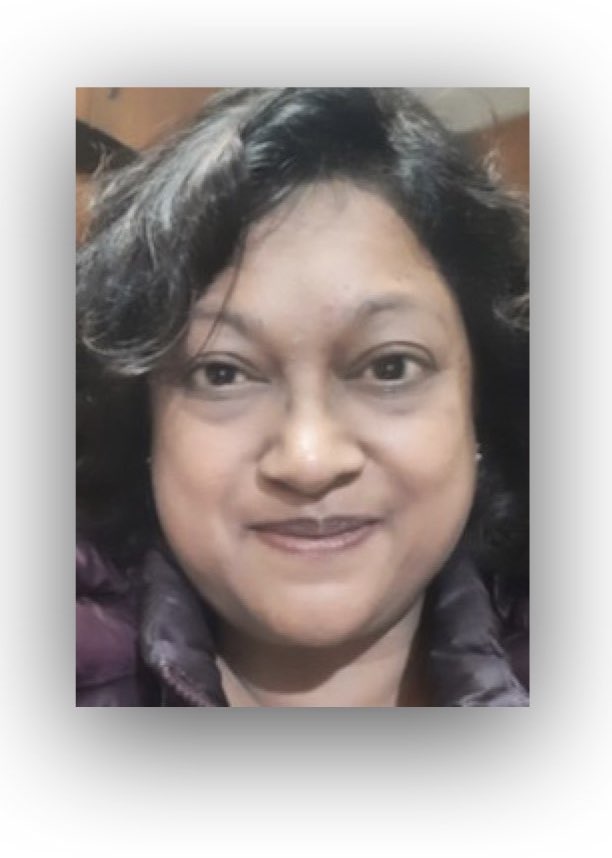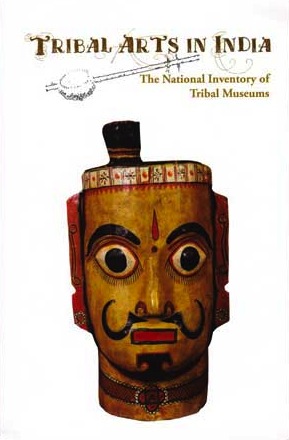The Garo tribe of Western Meghalaya celebrates the winter harvest with a three-day festival. Pheroze L. Vincent watches the Garos climb oiled poles, burst into war cries, and perform dances inspired by crabs and swaying plants.
Appearances are deceptive. The mobile phones of bus conductors play Bob Dylan and Eminem booms in the Mi Dokan roadside restaurants (literally “rice shop” in Garo). Pamphlets of local rock bands jostle for space alongside those of the election commission and the health department. And every winter, Garo youth shed their leather jackets and jeans for colourful hand-woven Dokhmanda skirts and Gando loin cloth.
Winter is the main harvest season in the Garo Hills of Western Meghalaya. […]
During the festival, the Garo — indigenous residents of the sub-tropical hills in Meghalaya, Assam, Tripura and Bangladesh — offer produce from the first harvest to Misi Saljong, the giver or the Sun God, in a ritual called Rugala. Nokmas or village chieftains lead troupes of male drummers and female dancers in a parade, accompanied by buffalo-horn trumpets and flutes. […]
With the advent of Christianity, Wangala celebrations were confined to a smattering of Songsarek (unconverted) hamlets in the hills. Garos call themselves A’chik Mande or “people of the hills”. L.K. Marak, one of the founders of the Hundred Drums Wangala, says, “There arose a need to preserve our culture. Christianity turned us away from head-hunting and education taught us to live alongside the rest of humanity. But we began losing our identity gradually. Our culture is rooted in these hills. The rituals are all inspired by nature. We felt that an annual festival would keep our younger generation aware of who we are and where we are from.”
According to Garo historian Milton S. Sangma, a retired professor of history at the North Eastern Hill University Tura Campus, most animist rituals and ethnic practices were discontinued after the 1930s. “Only a few customary laws and the land tenure system are left. Here, we have clan lands. A Nokma heads a clan but he becomes Nokma only through marriage. The real owners are the women of the clans.” […]
The Wangala is also an occasion for the government to stage plays and music performances to spread awareness on health, crime and other issues. Chief Minister Mukul Sangma said that the government will support the Wangala as a longer event. “In Meghalaya, there are a number of festivals that take place after the monsoon. November and December are the most pleasant months. These include the indigenous dances festival in Ampaty, the Autumn and Winter Festivals in Shillong and Williamnagar respectively, all culminating in Christmas. We want to develop a circuit in which tourists can visit all these festivals and also participate in other activities like trekking. If we can make them stay longer, it will generate a lot of employment,” he says.
L.K. Marak, one of the few survivors of the original team, is happy that Garo youth find the Wangala a place to congregate. […]
Source: “The Hundred Drums Wangala” by PHEROZE L. VINCENT, The Hindu, 24 November 2012
Address : http://www.thehindu.com/arts/magazine/the-hundred-drums-wangala/article4129979.ece
Date Visited: Sun Jan 06 2013 18:14:56 GMT+0100 (CET)
[Bold typeface added above for emphasis]

“[A] common perception of conversion, prevalent in India, is that all conversions take place only among deprived lower caste or tribal groups, which are considered more susceptible to allurement or coercion. The reality of upper caste conversions is ignored in this climate of cynicism.”– Dr. Ivy Imogene Hansdak in Pandita Ramabai Saraswati: the convert as ‘heretic’ | More about the effects of “casteism” >>

Tribal Arts in India | Worldcat.org >>
Free eBooks & Magazine by Bhasha Research and Publication Centre: Adivasi literature and languages >>
See also